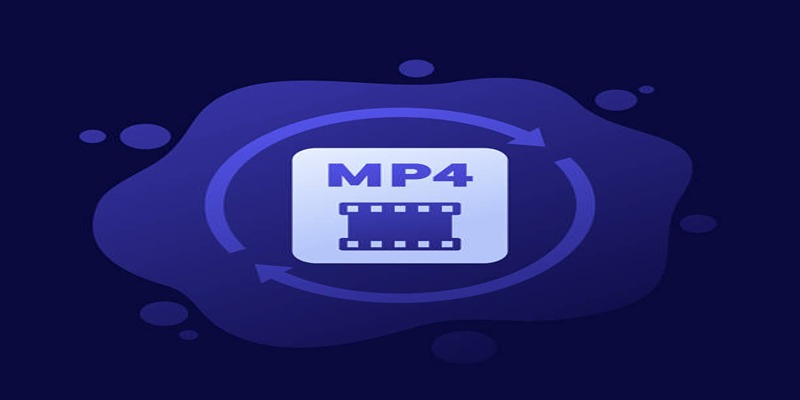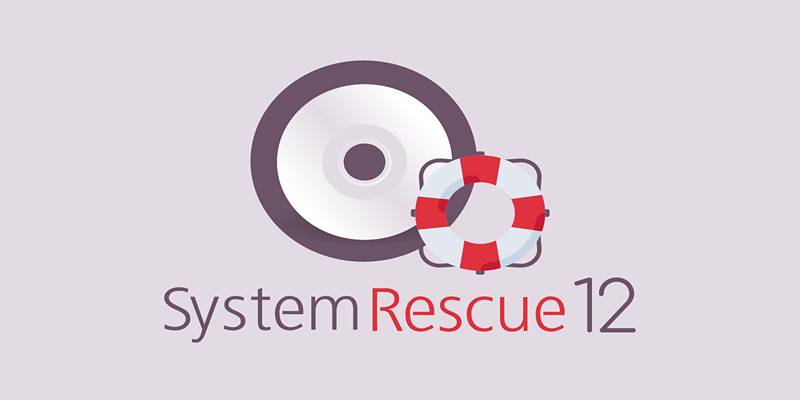The Pale Moon browser, a lightweight and independently developed alternative to mainstream web browsers, has released version 33.7.0 as part of its ongoing commitment to privacy-focused, performance-oriented browsing. This update is categorized as a bugfix and security release, with a clear focus on refining the internal behavior of the browser rather than adding user-facing features.
In an environment where web browsers are continuously exposed to security risks and evolving standards, this release serves as an essential maintenance cycle, delivering corrections to known bugs and fortifying the browser’s internal architecture.
Unlike browsers that operate on aggressive feature-pushing cycles, Pale Moon prefers a conservative development approach. Version 33.7.0 exemplifies this philosophy, aiming to improve user safety, stability, and compatibility without compromising its lightweight, customizable experience.
Strengthening Core Security Foundations
One of the most significant aspects of this release is its attention to security hardening. Pale Moon 33.7.0 introduces multiple changes designed to reduce the browser’s exposure to potential attack vectors. Even though not all changes are in response to actively exploited flaws, they reflect a proactive mindset—closing the door on weaknesses before they become problematic.
Improved NTLM Authentication Handling
Among the highlights of the release is the refinement of NTLM (NT LAN Manager) authentication mechanisms. NTLM is a suite of Microsoft security protocols used for authentication in enterprise environments.
In prior versions of the browser, there were limitations in how channel binding tokens were calculated during NTLM authentication. Pale Moon 33.7.0 addresses this by aligning the token generation process with contemporary standards, ensuring that cryptographic hashes used in this context now depend on the certificate's specific signing algorithm.
As a result, authentication flows are more resistant to spoofing, downgrade attacks, and man-in-the-middle interception attempts.
Defense Against Memory Exploits
This version also incorporates a range of behind-the-scenes checks aimed at preventing memory corruption and related exploits. New validation routines have been introduced in areas like SharedArrayBuffer handling and XSLT (Extensible Stylesheet Language Transformations) compilation. These types of safeguards are essential in modern browser security, as they address edge cases where untrusted input could result in unintended memory access or code execution.
These aren't reactive fixes; they are part of a broader defense-in-depth strategy, reinforcing the browser’s internal boundaries against unforeseen vulnerabilities. By investing in these kinds of security controls, the Pale Moon team positions the browser to handle increasingly complex web applications with greater resilience.
Bug Fixes Enhance Browser Reliability and Accuracy

Just as important as security are the practical bug fixes that ensure the browser performs as intended in a wide range of environments. Pale Moon 33.7.0 introduces targeted corrections that address inconsistencies in behavior, particularly in the rendering engine and DOM (Document Object Model) logic.
CSS Two-Location Color Stop Logic
One of the primary issues resolved in this release concerns CSS gradient rendering. Modern websites often make use of advanced visual styling techniques, including two-location color stops in gradients. This syntax defines color transitions at a single point, allowing for sharp visual separations.
Previously, Pale Moon did not handle these two location definitions correctly, leading to visual discrepancies or missing styles on some web pages. It has now been corrected, and the browser’s layout engine has been updated to interpret such CSS logic accurately. The fix not only improves visual consistency across the modern web but also reflects Pale Moon's ongoing efforts to maintain compatibility without mimicking Chromium or Firefox entirely.
DOMRect Compliance and NaN Handling
Another critical correction involves how the browser processes geometric information via the DOMRect and DOMQuad APIs. These JavaScript interfaces are responsible for providing dimension and position data about elements on a page—used heavily in interactive or animated interfaces.
A flaw in earlier versions resulted in incorrect return values when these objects encountered invalid inputs such as NaN (Not a Number). Pale Moon 33.7.0 fixes this oversight by ensuring the returned values adhere to the expected standards, making the behavior more predictable for scripts that rely on precise geometry calculations.
Enhanced Compatibility and Media Support
While not a feature-rich update, Pale Moon 33.7.0 includes several important improvements to external library components that affect media rendering and format support. These updates ensure that the browser can continue handling emerging formats and complex multimedia without requiring plugins or extensions.
Updated JPEG XL and FFmpeg Libraries

The vendor's JPEG XL decoder has been updated to a more current version, improving compatibility with next-generation image formats that offer high efficiency and advanced compression features. Although JPEG XL adoption is still growing, supporting it helps future-proof the browser.
Likewise, the bundled FFmpeg library—used for decoding video and audio—has been refreshed to resolve bugs and improve color accuracy in rendered media. Users may notice improved performance and fidelity when watching embedded videos or playing back high-resolution audio streams.
Platform-Specific Improvements
Pale Moon 33.7.0 also introduces a platform-focused tweak aimed at Windows users, reflecting the developers’ ongoing attention to usability across systems.
File Dialog Shortcut Handling Preference
A new configuration option has been introduced in this release, allowing Windows users to control how shortcut links are treated in file-open dialogs. Previously, selecting a shortcut file could cause the browser to access the target of the shortcut directly, which created both usability concerns and minor security implications.
By adding a user-accessible preference to determine how shortcuts are followed, the browser gives users control over file navigation behavior, particularly in environments where symbolic links or redirection are common. This change helps ensure file access is both intentional and transparent.
Conclusion
Pale Moon 33.7.0 may not come with dramatic new features or interface changes, but it represents something far more important: careful, incremental refinement. Every correction, from DOM compliance to secure authentication, contributes to a smoother, safer experience for users who depend on Pale Moon as their daily browser.
The emphasis on fixing bugs, aligning with modern CSS behavior, and enhancing security posture makes this release particularly meaningful. It's a testament to the developers' focus on quality over quantity—choosing to refine what’s already there rather than expand for the sake of appearance.







